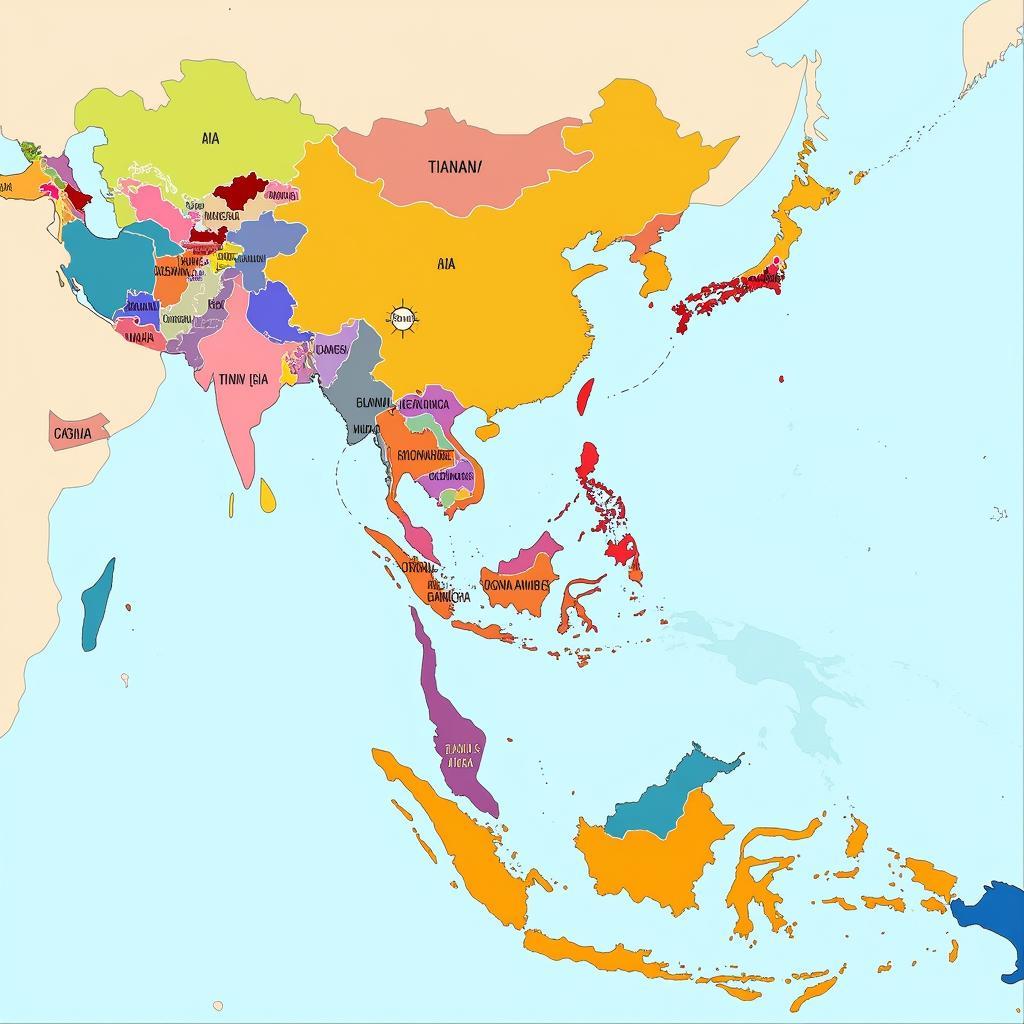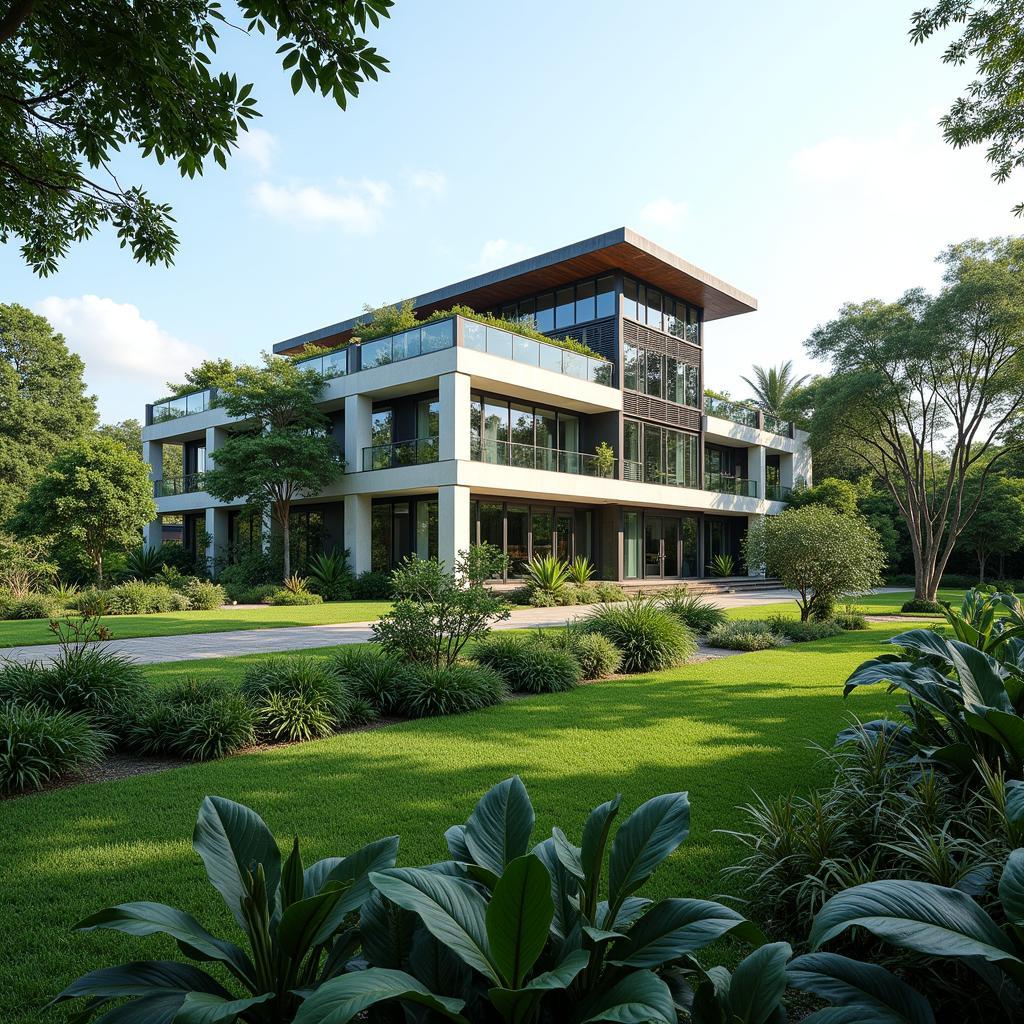Southeast Asia, a melting pot of cultures and traditions, is a testament to the power of unity in diversity. This principle is beautifully reflected in the 10 Asean Countries And Their Languages, each contributing a unique thread to the rich tapestry of the region. This article delves into the linguistic landscape of ASEAN, exploring the official languages and vibrant dialects that color the everyday lives of over 670 million people.
The Official Languages of ASEAN: A Gateway to Understanding
While the Association of Southeast Asian Nations (ASEAN) itself boasts English as its official language, facilitating communication and collaboration among member states, each country possesses its own official language, often reflecting its history and cultural identity.
- Brunei: Bahasa Melayu, the most widely spoken language in the Malay Archipelago, stands as the official language of Brunei, underscoring its Malay heritage.
- Cambodia: Khmer, the language of the Khmer people with a rich literary tradition dating back to the Khmer Empire, serves as the official language of Cambodia.
- Indonesia: Bahasa Indonesia, a standardized form of Malay, unites Indonesia’s diverse archipelago, fostering national identity and understanding.
- Laos: Lao, a tonal language belonging to the Tai-Kadai family, holds official status in Laos, reflecting its cultural heritage.
- Malaysia: Bahasa Malaysia, closely related to Bahasa Indonesia, serves as the official language of Malaysia, reflecting its history and cultural ties.
- Myanmar: Burmese, the official language of Myanmar, is a Sino-Tibetan language spoken by the majority Bamar people and serves as a lingua franca in the country.
- Philippines: Filipino, based on Tagalog and influenced by Spanish, stands as the official language of the Philippines alongside English, reflecting its colonial past and linguistic diversity.
- Singapore: In its commitment to multiculturalism, Singapore recognizes four official languages: English, Mandarin, Malay, and Tamil, representing its diverse population.
- Thailand: Thai, the official language of Thailand, is a Tai-Kadai language with its own unique script and a rich literary tradition.
- Vietnam: Vietnamese, the official language of Vietnam, belongs to the Austroasiatic language family and reflects the country’s distinct linguistic identity.
 Southeast Asia Language Map
Southeast Asia Language Map
Beyond the Official: A Tapestry of Dialects
The linguistic diversity of ASEAN extends far beyond its official languages. A vibrant array of dialects, each with unique nuances and expressions, enriches the region’s cultural tapestry.
- In Indonesia, over 700 languages are spoken, from Javanese and Sundanese to Balinese and Madurese, reflecting the archipelago’s vast cultural diversity.
- The Philippines boasts over 180 languages, including Cebuano, Ilocano, and Hiligaynon, showcasing the country’s rich linguistic heritage.
- Malaysia is home to a diverse range of languages beyond Bahasa Malaysia, including Chinese dialects, Tamil, and indigenous languages like Iban and Kadazan.
These dialects, often deeply rooted in local customs and traditions, contribute to the unique character of individual communities within each ASEAN country.
Language as a Bridge: Fostering Understanding and Collaboration
The linguistic diversity of ASEAN presents both opportunities and challenges. While language differences can sometimes pose barriers to communication, they also offer a chance to appreciate the richness of different cultures and perspectives.
- Learning even a few basic phrases in another ASEAN language can open doors to deeper cultural understanding and foster stronger connections.
- Initiatives promoting language learning and cultural exchange play a crucial role in bridging cultural gaps and fostering a sense of ASEAN identity.
- Embracing language diversity is key to unlocking the full potential of ASEAN, promoting understanding, collaboration, and a shared sense of community.
10 ASEAN Countries and Their Languages: FAQs
How many official languages are there in ASEAN?
While English serves as the official language of ASEAN, each member state has its own official language, resulting in a diverse linguistic landscape.
What is the most spoken language in ASEAN?
Bahasa Melayu, spoken in Malaysia and Brunei, and Bahasa Indonesia, spoken in Indonesia, are the most widely spoken languages in the region due to their shared linguistic roots.
Why is it important to learn about ASEAN languages?
Learning about ASEAN languages not only facilitates communication but also fosters cultural understanding, appreciation, and respect for the region’s rich diversity.
Explore Further: Delve Deeper into the World of ASEAN
Interested in learning more about the fascinating cultures and economies of ASEAN countries? Check out our articles on ASEA Wealthy Self and ASE Social Economics.
Need Help Navigating the World of ASEAN?
Our team is here to assist you. Contact us at 0369020373, email us at [email protected], or visit us at Thôn Ngọc Liễn, Hiệp Hòa, Bắc Giang, Việt Nam. We offer 24/7 customer support.

